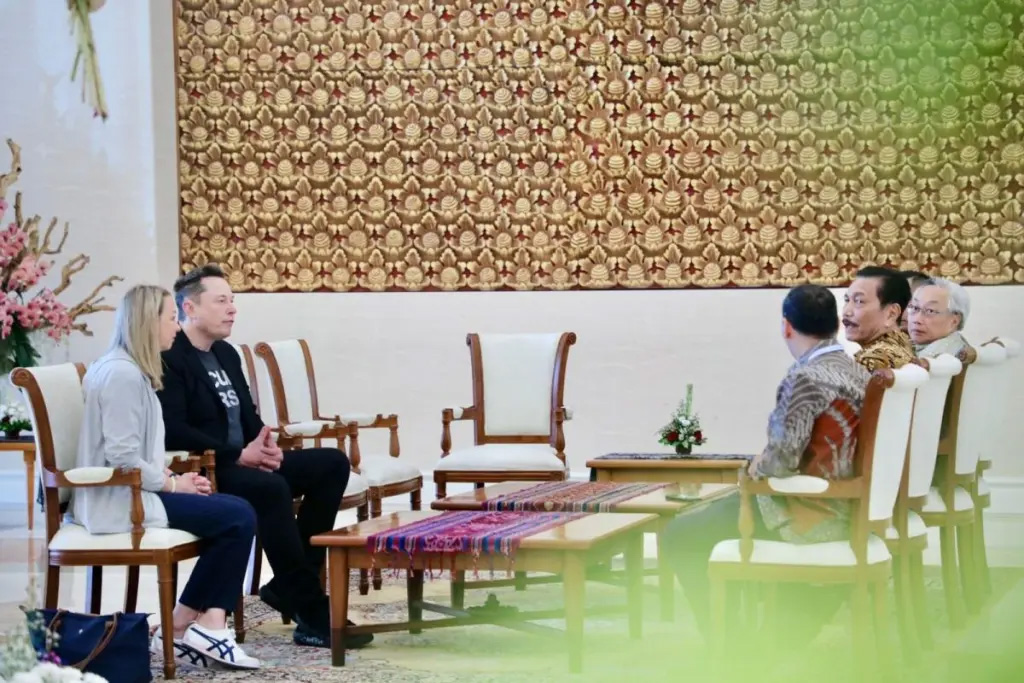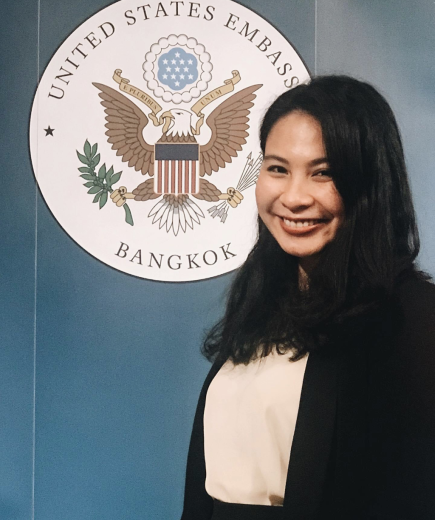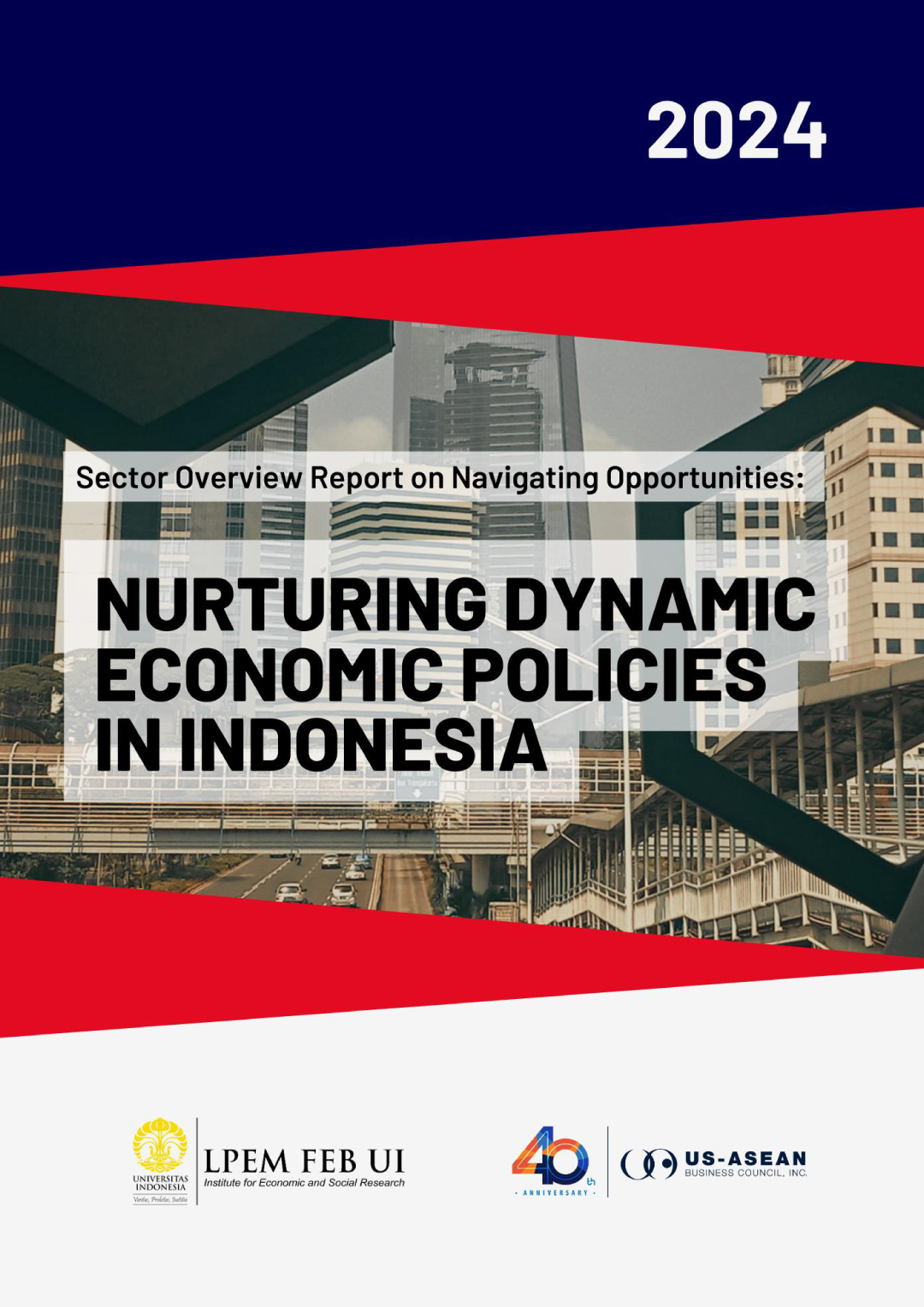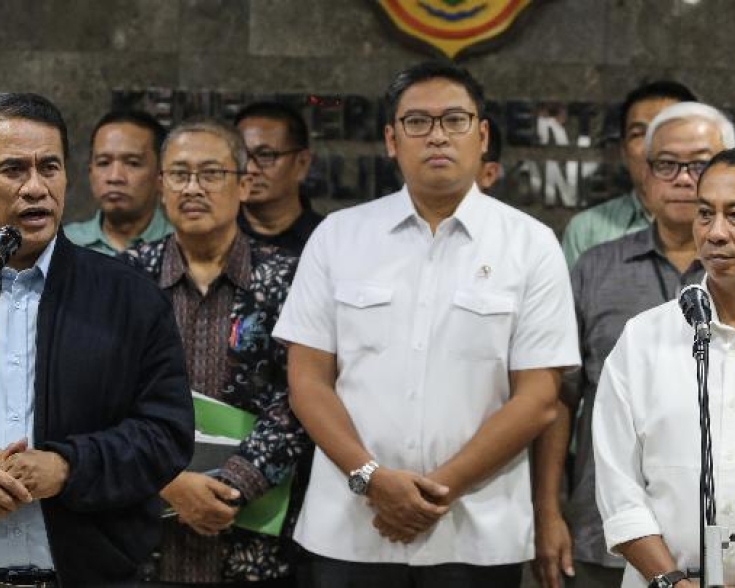Starlink Launched in Indonesia's Health Centers

On May 19 in Denpasar, Indonesian Health Minister Budi Gunadi Sadikin and Elon Musk launched SpaceX’s LEO satellite operator Starlink to bolster healthcare access and education in rural areas in the sprawling archipelago. As part of the ceremony, Musk ran a speed test with health workers from the country’s most remote regions, including Aru - the most unserved region in Indonesia. Starlink was launched in three health clinics – two in Bali and one in Aru. Musk signed an agreement between SpaceX and the Indonesian government for Starlink to be used for the connectivity of healthcare and education sectors. According to Minister Sadikin, approximately 2,700 out of over 10,000 clinics in the country do not have access to the Internet. Therefore, this launch would open up communicationbetween health facilities and allow for real-time and up-to-date health reporting.
This agreement is a remarkable achievement for Indonesia as the country has been trying for years to get Starlink’s investment in the country. After applying for an Internet Service Provider (ISP) License in April, SpaceX’s Starlink not only launched its services for rural health but also signed an agreement with the Indonesian Internet Service Providers Association (APJII) to improve rural connectivity. Regarding who can use the service, Indonesia’s Communications Minister Budi Arie Setiadi stated that it is available for commercial use; however, priority is given to the outer and underdeveloped regions. Starlink has also obtained a very small aperture terminal (VSAT) permit alongside the ISP license, which enables the company to provide telecom services directly to consumers, using existing infrastructure.
Starlink is dominating the satellite industry as they own around 60% of the approximate 7,500 satellites orbiting Earth. Their service is expanding in the Southeast Asia region as Indonesia becomes the third country to launch Starlink. The first two are Philippines and Malaysia.










